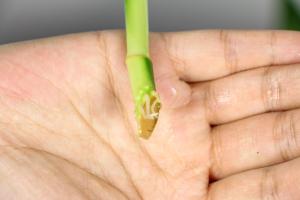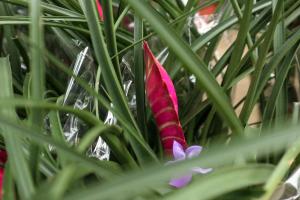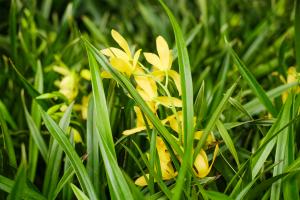Introduction
Large concrete plant pots are a fantastic way to add a touch of industrial style to any outdoor space while also providing a sturdy and durable home for your plants. Making your own concrete pots might seem like a daunting task, but with a bit of preparation and patience, it's actually quite simple.
Materials
To make large concrete plant pots, you'll need the following materials:
Cement mix
Peat moss
Perlite
Sand
Water
A large plastic container or mold
Mixing tools (e.g. a bucket, shovel, and trowel)
A drill and hole saw bit (if you want to add drainage holes)
Optional: concrete dye or paint
Preparing the Mold
The first step in making your own large concrete plant pots is to prepare the mold. This can be a bit tricky if you're using a plastic container, as you'll need to create drainage holes if there aren't any already. If you're using a mold, make sure it's the size and shape you want your pot to be.
Once your mold is ready, use cooking spray or another form of release agent to coat the inside. This will make removing the pot from the mold much easier once it's dry.
Mixing the Concrete
Next, it's time to mix your concrete. In a large container, combine the cement mix, peat moss, perlite, and sand in equal parts. Slowly add water and mix until the consistency is thick and soupy, like pancake batter.
If you want to add color to your concrete, now is the time to do so. Concrete dye or paint can be added to the mixture and stirred until it's evenly distributed.
Pouring and Leveling
Now that your concrete is mixed, it's time to pour it into the mold or container. Slowly pour the mixture in, using a trowel to smooth it out and remove any air bubbles. Once the mold is full, use the trowel to level the top of the pot, taking care to create a slight indent for the plant to sit in.
Drying and Curing
After you've poured and leveled your concrete, cover it with a plastic sheet or garbage bag to trap in moisture. This will help the concrete cure slowly and prevent it from cracking. Let the pot sit for at least 24 hours before removing it from the mold.
Once it's out of the mold, let the pot dry in a shaded, well-ventilated area for at least a week. This will give the concrete time to cure and reach its full strength.
Finishing Touches
Once your concrete pot is fully dry, you can add any finishing touches you like. Sandpaper can be used to smooth out any rough edges, and you can drill drainage holes if necessary. If you're feeling creative, you could also add designs or patterns with paint or a stencil.
Conclusion
Making your own large concrete plant pots might be a bit time-consuming, but the end result is a unique and stylish addition to your outdoor space. With just a few materials and some patience, you can create a durable and long-lasting home for your plants.

 how many times do yo...
how many times do yo... how many planted tre...
how many planted tre... how many pine trees ...
how many pine trees ... how many pecan trees...
how many pecan trees... how many plants comp...
how many plants comp... how many plants can ...
how many plants can ... how many plants and ...
how many plants and ... how many pepper plan...
how many pepper plan...































